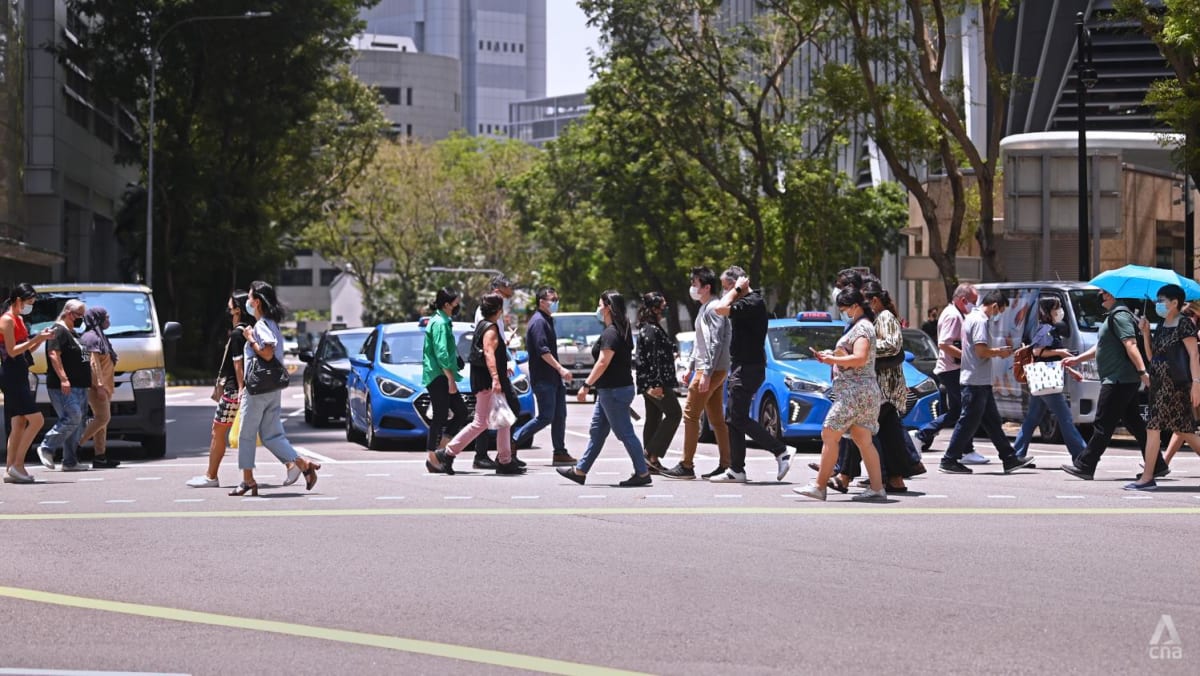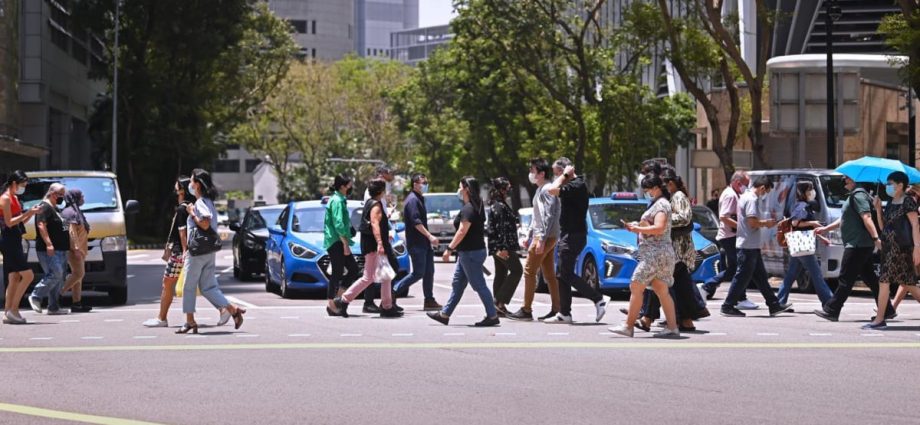
SINGAPORE: The Government announced on Thursday (Feb 9) that it will step down its COVID-19 measures and also its disease alert to the lowest level, as Singapore establishes a new endemic norm.
The Ministry of Health (MOH) said the situation in Singapore has remained “stable” in recent months, despite increased travel over the year-end period, the Northern Hemisphere winter season and China’s shift from a zero-COVID policy.
Here are the changes announced on Thursday:
BACK TO DORSCON GREEN, MTF STEPS DOWN
Singapore will move its Disease Outbreak Response System Condition (DORSCON) tier to Green from Monday, putting COVID-19 in the same category as the Middle East Respiratory Syndrome (MERS) and the H7N9 bird flu strain.
According to MOH, this is due to the mild nature of the disease, especially among those who have been vaccinated, and the minimal disruption posed to healthcare capacity and daily lives.
The DORSCON level has been maintained at Yellow – the second-lowest tier – since April last year, after more than two years at Orange.
Additionally, the ministry announced that the multi-ministry task force, first convened in January 2020 as a whole-of-Government response to the COVID-19 pandemic, would be stood down.
MOH will take over management of the COVID-19 situation, but said an appropriate multi-agency structure will be reactivated if it worsens significantly.
MASK REQUIREMENT TO BE LIFTED
From Monday, masks will no longer be mandatory on public transport as well as some healthcare and residential care settings.
However, visitors, staff and patients will still be required to wear masks in settings where there is interaction with patients as well as indoor patient-facing areas.
These include hospital wards, emergency departments, consultation rooms and waiting areas, pharmacies, clinics and nursing homes.
MOH said this will be a ministry requirement rather than mandated under the COVID-19 regulations, to better protect patients and healthcare workers from infectious diseases in general.
This does not apply to individuals who are in a hospital area not related to the “delivery of care” – such as a cafeteria or car park, MOH’s director of medical services Kenneth Mak clarified.
The ministry, however, still encouraged the public – especially the elderly and immunocompromised – to wear masks in crowded places or when meeting vulnerable people. They similarly advised those with COVID-19 symptoms or other respiratory infections to wear a mask when leaving their homes.
Other authorities may also require mask-wearing, just as the Singapore Food Agency has required food handlers to wear a mask or spit guard for food safety reasons.
BORDER MEASURES TO BE SCRAPPED
Singapore will also scrap all COVID-19 border measures from Monday, as the global pandemic situation improves and imported cases make low impact on the healthcare capacity.
All travellers, including those who are not vaccinated, will no longer have to show proof of a negative pre-departure COVID-19 test before entering Singapore.
COVID-19 travel insurance will also no longer be required for non-vaccinated visitors.
The Vaccinated Travel Framework will remain in place for reactivation if there are “international developments of concern”, such as new severe variants or signs that signs that Singapore’s healthcare capacity is strained by imported cases.
Travellers will also be continue to be screened for infectious diseases such as Yellow Fever, MERS and Ebola.
All travellers, including Singapore residents, will still have to submit a health declaration via the SG Arrival Card e-service when entering the country.
MOH said travellers should check the Immigration and Checkpoints Authority (ICA) website for the latest border measures before entering Singapore.

